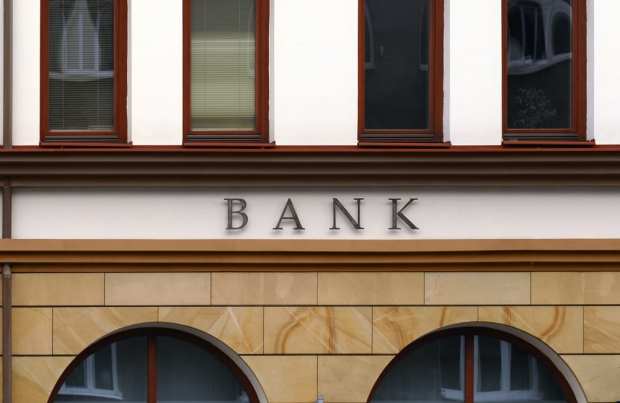Community FIs Battle Against Low Interest Rates To Help SMBs Thrive

When the Paycheck Protection Program (PPP) rolled out in the U.S., smaller community banks and credit unions (CUs) stepped up to the plate and, according to the Small Business Association (SBA), ended up facilitating more than half of PPP loan volume to SMBs.
In the wake of the PPP initiative, small businesses told researchers that they expected to switch their banking provider to one that had been able to pull through with efficient, fast funds. That’s good news for community banks and credit unions, which could see a wave of new SMB customers and members in the coming months.
Despite the recent positive press, community banks have traditionally been leaders in the small business arena well before the pandemic hit, said Chirag Shah, president and incoming CEO of Performance Trust.
He pointed to the experience of his brother, Premal Shah, co-founder of financial inclusion nonprofit Kiva. When the company was founded in 2005, Premal had initially turned to one of the big names in banking, but ultimately decided to go with a community bank to service the organization.
“With the Big 5 banks, on the outside, they look great with a lot of products and services,” said Shah. “But when you start working with them, you realize there are a lot of blind spots.”
According to Shah, representatives from one community bank actually flew out to visit his brother in-person and develop a banking strategy for Kiva.
“The reality is, anyone can give out capital,” Shah continued. “It takes something truly special to be a partner with a small business, and that’s something community banks have the ability to do.”
Fueling Small Business Recovery
Today, that not only means facilitating PPP loans, but also supporting small businesses as they navigate economic uncertainty — a vital effort considering SMBs are so often labeled as the backbone of the economy.
Already, community banks account for about half of SMB loan volume in the country, said Shah. People don’t always realize just how large of a role smaller financial institutions (FIs) play — but as more SMBs switch to community FIs and CUs, there may be more attention placed on these entities as the pressure grows for economic recovery.
“Community FIs are so important for the economy because at the bedrock of job creation are small businesses, which are fueled by community FIs,” Shah explained.
There is growing talk, too, of FIs pulling back from small business loans as they did in the wake of the 2008 financial crisis. Shah emphasized that it’s not necessarily valuable to make such predictions, however, because the SMB lending ecosystem is quite regional: FIs in one area servicing many agriculture SMBs may accelerate their small business lending activity, while FIs in another, more metropolitan region may step back.
As such, a regionally focused financial institution could be best-positioned to address those fluctuating market needs.
Surviving Low Interest Rates
As small businesses turn to their local small banks or credit unions for guidance and access to capital, those institutions will be tasked with remaining financially viable. Interest rates’ historic lows are adding pressure on small banks to continue operating, noted Shah.
“That’s one of our biggest fears,” he said. “We partner with these FIs to make better financial decisions in order to, frankly, get quality earnings and stay regulatorily compliant so they can remain sustainable … they really are under attack with these low interest rates.”
But these banks’ and credit unions’ net interest margins (NIMs) remain so low that some community FIs may have to close their doors, even with elevated small business loan volumes.
The challenge is on for community banks to not only help small businesses make smart financial decisions, but also to develop their own strategies to navigate challenging economic times. It’s in this way that small businesses may be able to help community FIs, too, if more business owners decide to take their business to their local bank.
It’s important for the national economy overall, according to Shah, who said that these FIs’ own mission statements can be quite telling in their role with helping the community.
“If we look at their different mission statements, the Big 5 banks are really focused on being the best in the world,” Shah said, “while community financial institutions are focused on being best for the world.”
